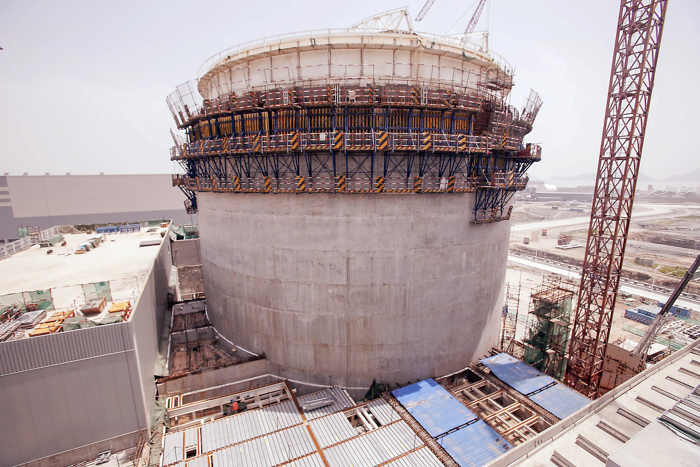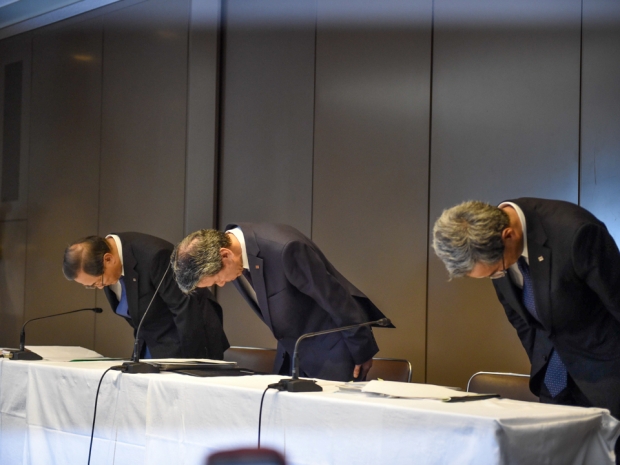This is a noticeable turnaround from a $64.2 million (¥6.5 billion) loss a year earlier, yet still comes in below a $330.8 million profit based on five analyst estimates.
Now, the present Toshiba has emerged as a company focused on semiconductors, nuclear energy and social infrastructure. A decade ago, the company acquired Westinghouse Electric Company in October 2006 for $5.4 billion, one of the world’s largest producers of nuclear reactors, obtaining a 77 percent stake. It then sold 10 percent a year later, leaving it with a 67 percent stake. Toshiba recently claimed in 2015 that the business is now more profitable that at acquisition in 2006.
Accounting scandal leads to losses, followed by recovery
The company’s restructuring efforts included cutting thousands of jobs and letting go of its consumer electronics business. In April 2015, the company began cooperating in a U.S. federal investigation uncovering seven years of accounting manipulation. An official report placed blame on two former CEOs for pushing employees to postpone losses or push forward sales on accounting. According to people familiar with the investigation, the company hid $1.3 billion in losses at its nuclear power operations. The two CEOs, also known to be rivals who disliked each other, resigned their posts in July 2015.
The outcome resulted in slashing 14,000 jobs, shrinking its semiconductor business and selling its home appliances and medical devices groups.
The past fiscal year beginning April 2015 and ending March 2016 was not without significant setbacks in debt-financing abilities and credit-rating concerns. In April 2016, the company booked an impairment charge of $2.3 billion for the financial year on its Westinghouse nuclear unit as a goodwill attempt to address a slow decline in the nuclear business since the 2011 Fukushima meltdown.
A containment building at the site of Westinghouse's first AP1000 power reactor in China (via Pittsburgh Post-Gazette)
In May 2016, the company reported its worst-ever consolidated net loss of $4.4 billion for FY2015 after restructuring costs, writing down asset values, and reducing deferred tax assets. The company’s official statement said restructuring costs represented $1.09 billion (¥110.5 billion), while asset write-downs represented another $3.21 billion (¥325.1 billion) drag. Total jobs transitioned from 203,100 employees down to 185,900 employees over the course of 2015.
Recovering balance sheet has come under threat
Sources close to Toshiba now claim that its recovering balance sheet has come under threat from Chicago Bridge and Iron Company, which sold its nuclear construction business to Toshiba subsidiary Westinghouse Electric Company for $229 million in October 2015. The purchase was made so that Toshiba could speed up construction on four reactors in the United States – two in Georgia and two in South Carolina.
Chicago Bridge and Iron said last month it was suing Westinghouse because the Toshiba subsidiary demanded $2 billion in additional payments related to the October sale, justifying its claim with some provisions of the purchase agreement. If CB&I’s claim to the lawsuit is upheld, Toshiba could be obligated to pay $2 billion liabilities and may need to either issue new shares to investors or consider listing its semiconductor business on the financial market.



